
Bipalium is a genus of large predatory land planarians. They are often loosely called "hammerhead worms" or "broadhead planarians" because of the distinctive shape of their head region. Land planarians are unique in that they possess a "creeping sole", a highly ciliated region on the ventral epidermis that helps them to creep over the substrate. Native to Asia, several species are invasive to the United States, Canada, and Europe. Some studies have begun the investigation of the evolutionary ecology of these invasive planarians.
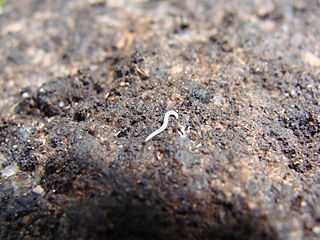
Microplaninae is a subfamily of land planarians.

Geoplaninae is a subfamily of land planarians endemic to the Neotropical region. Members of this family are sometimes referred to as the Neotropical land planarians. However, one species, Obama nungara has been introduced in Europe.
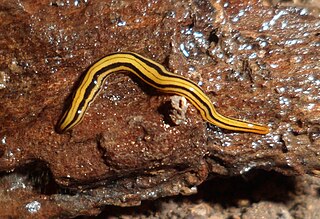
Luteostriata is a genus of land planarians from Brazil characterized by a yellow body with dark longitudinal stripes.

Obama is a genus of land planarians from South America. It contains several species adapted to human-disturbed environments, including the only invasive land planarian native to the Neotropical realm, Obama nungara, which has been accidentally introduced in Europe.
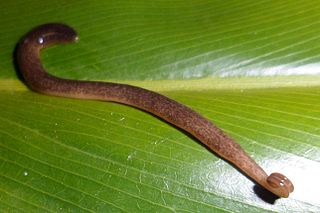
Choeradoplana is a genus of land planarians found in South America.

Paraba is a genus of land planarians from South America.
Geoplana is a genus of land planarians from South America.

Pasipha is a genus of land planarians from South America.
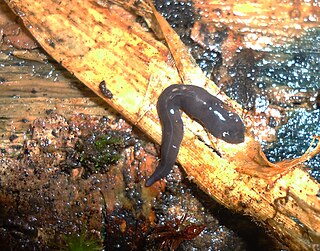
Notogynaphallia is a genus of land planarians from South America.

Amaga is a genus of land planarians from South America.
Gigantea is a genus of land planarians from the Neotropical realm.

Luteostriata graffi is a species of Brazilian land planarian in the subfamily Geoplaninae.
Gusana is a genus of land planarians found in Chile.
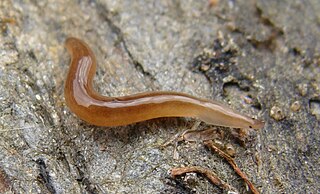
Rhynchodemus is a genus of land planarians in the tribe Rhynchodemini.

Diversibipalium is a genus of land planarians of the subfamily Bipaliinae. It was erected to include species lacking sufficient morphological information to allow them to be classified in the appropriate genus.
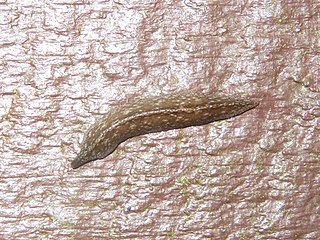
Australopacifica is a genus of land planarians of the tribe Caenoplanini. It was erected to include species lacking sufficient morphological information to allow them to be classified in the appropriate genus.
Anisorhynchodemus is a genus of land planarians of the tribe Rhynchodemini. It was erected to include species lacking sufficient morphological information to allow them to be classified in the appropriate genus.
Statomicroplana is a genus of land planarians of the subfamily Microplaninae. It was erected to include species lacking sufficient morphological information to allow them to be classified in the appropriate genus.

Geoplanini is a tribe of land planarians in the subfamily Geoplaninae.














